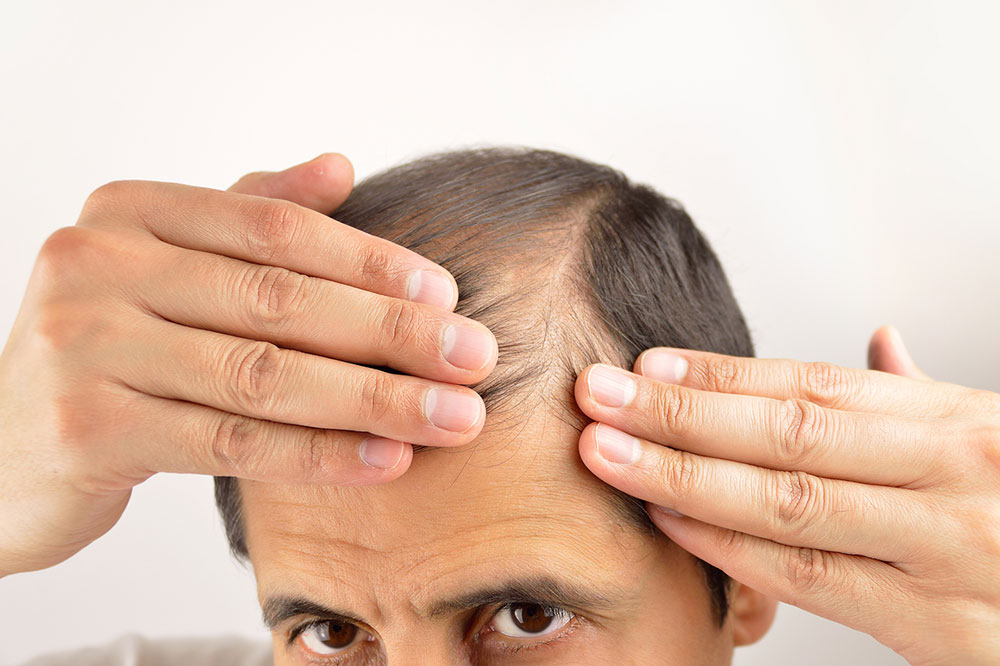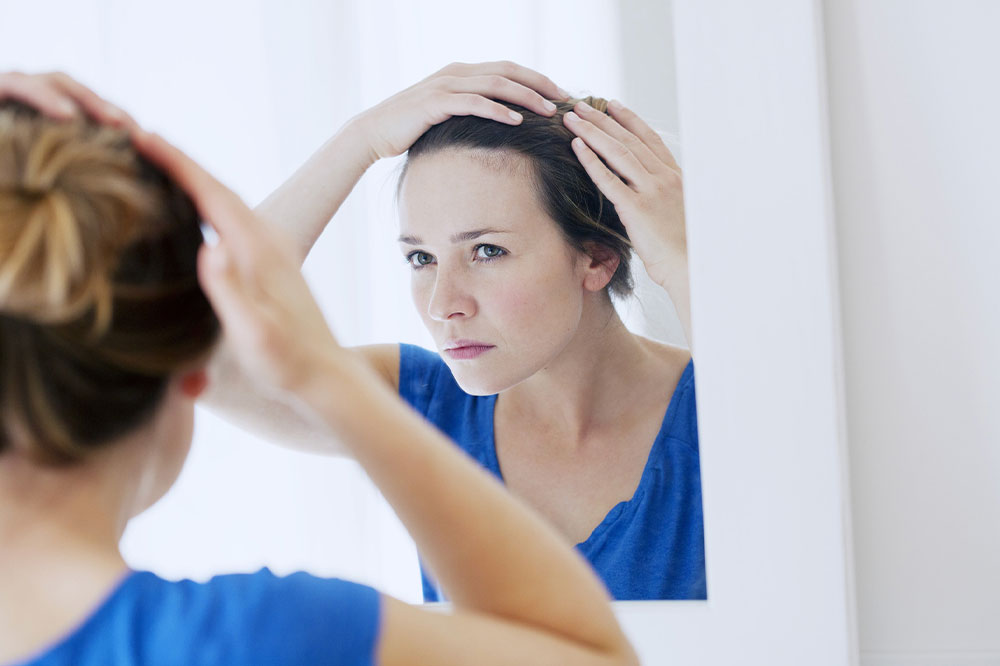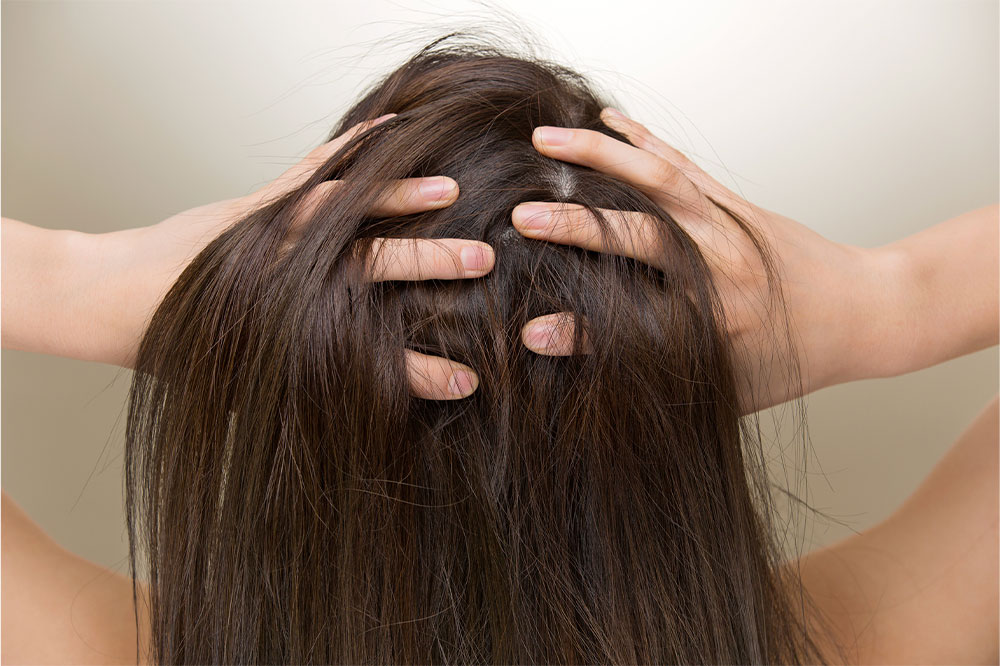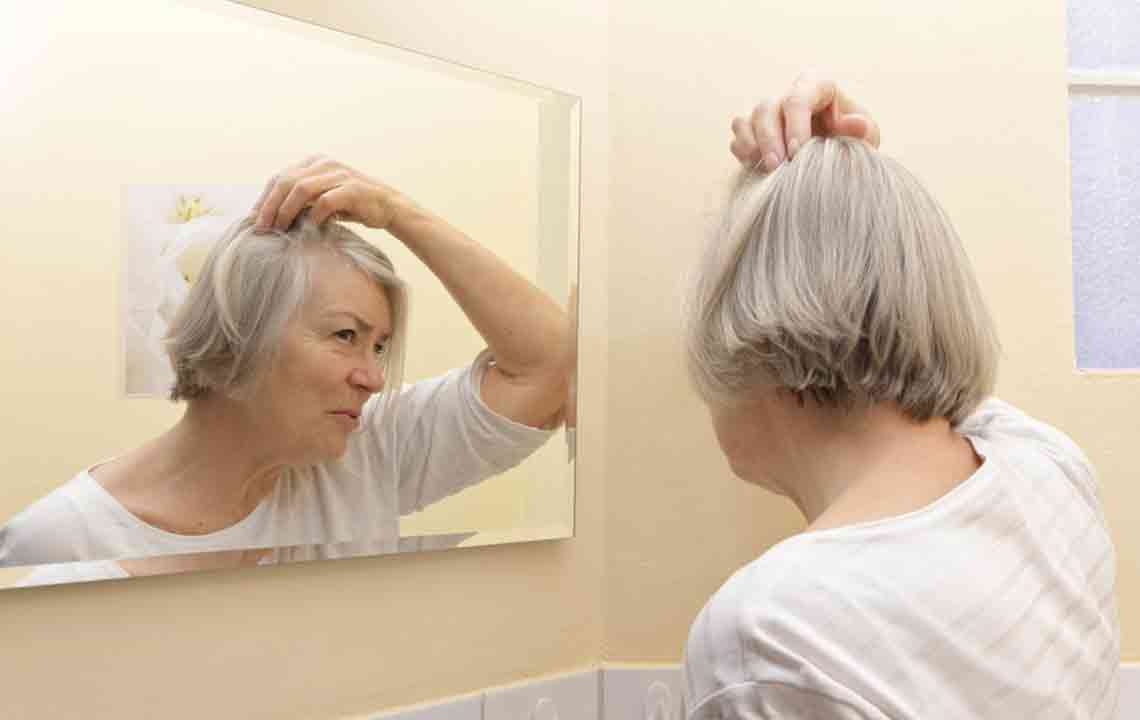Comprehensive Strategies for Managing Hair Thinning and Hair Loss
This comprehensive guide explores the causes, prevention, and treatment options for hair thinning and hair loss. It emphasizes healthy hair care routines, natural remedies, FDA-approved treatments, and professional interventions. Whether dealing with environmental, hormonal, or health-related factors, readers will find valuable insights to help maintain and restore their hair health, boosting confidence and self-esteem. Learn how lifestyle changes and medical options can effectively address hair thinning and promote thicker, healthier hair.

In-Depth Guide to Understanding, Preventing, and Treating Hair Thinning
Hair constitutes a significant aspect of our overall appearance and self-confidence. For many individuals, especially women, maintaining healthy, full hair is a priority. While some degree of hair shedding is a normal part of the hair growth cycle, excessive thinning or noticeable hair loss can be distressing and warrants attention. Recognizing the distinctions between natural hair shedding and abnormal hair loss is essential for effective management. On average, losing up to 100 hairs daily is considered normal and typically not a cause for concern, but if you observe significant thinning, reduced hair volume, or patches of baldness, it is important to understand the underlying causes and explore suitable treatments. Multiple factors influence hair thinning, including lifestyle choices, health conditions, hormonal changes, nutritional deficiencies, and certain medical treatments. Fortunately, a range of interventions—from simple lifestyle modifications to medical therapies—can help combat hair loss and promote hair regrowth.
Shedding about 100 hairs daily is normal and usually harmless.
Unusual or increased hair loss, such as thinning or bald patches, should be evaluated promptly.
Implementing healthy hair care routines and seeking professional treatments can prevent or reverse hair thinning.
To minimize hair loss, it's crucial to avoid harsh and chemical-laden hair products, reduce the use of heat styling tools, and be gentle when combing or brushing your hair. Avoiding tight hairstyles like ponytails or braids that pull on the scalp can prevent traction alopecia. Various factors can accelerate thinning, including hormonal changes such as during pregnancy or menopause, aging, illness, surgery, or certain medications. Addressing hair loss involves a multi-faceted approach: scalp massages to improve circulation, herbal and natural remedies, as well as clinically approved treatments like Minoxidil (Rogaine), Finasteride, and, in severe cases, hair transplant surgery. Ensuring an adequate intake of nutrients, particularly proteins, iron, zinc, vitamin D, and biotin, is fundamental to supporting healthy hair growth. Natural remedies—such as aloe vera, avocado, banana, and coconut oil—can provide scalp nourishment, improve circulation, and strengthen hair strands. Consulting with a dermatologist or trichologist can assist in diagnosing the specific cause of hair thinning and creating a tailored treatment plan. Empowered with informed choices and appropriate therapies, many individuals can restore their hair density and confidence.





